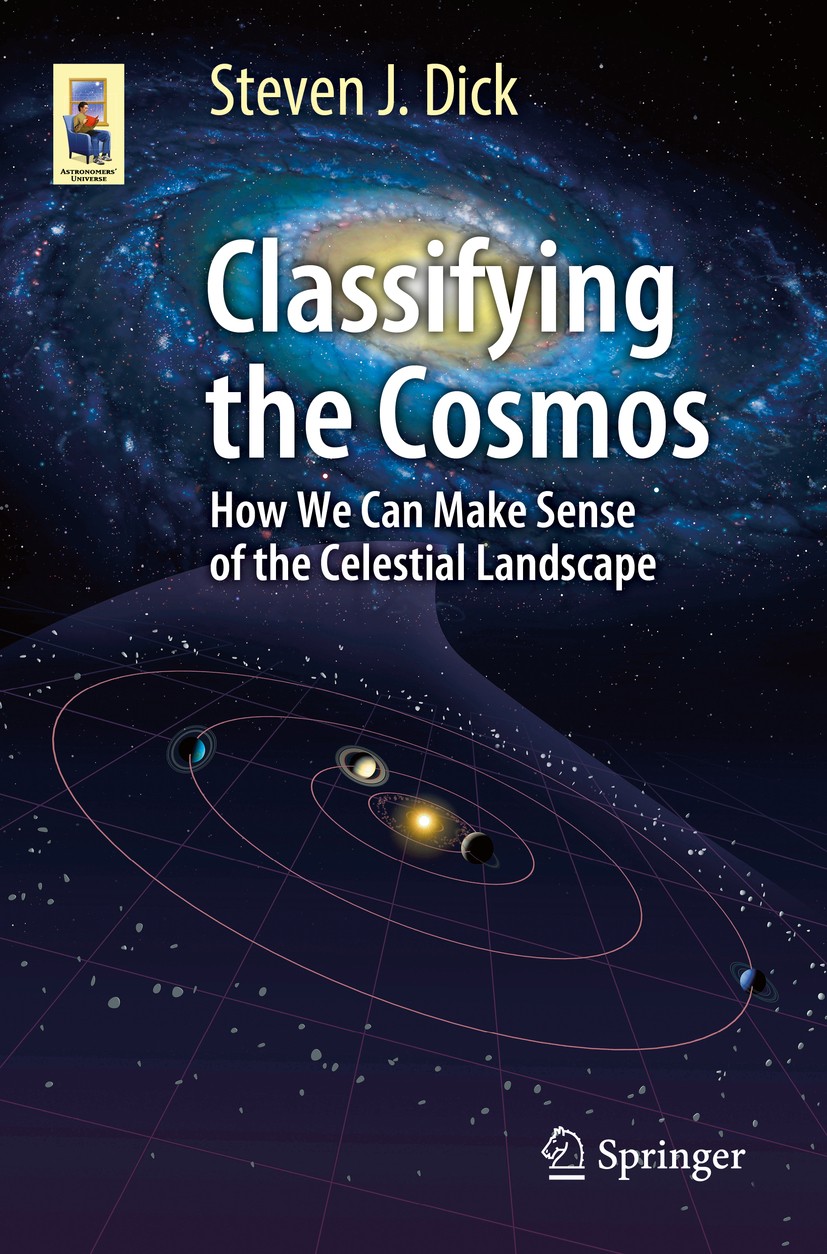| 書目名稱 | Classifying the Cosmos | | 副標(biāo)題 | How We Can Make Sens | | 編輯 | Steven J. Dick | | 視頻video | http://file.papertrans.cn/228/227236/227236.mp4 | | 概述 | Offers detailed information about the history, discovery, and current knowledge of many astronomical objects.Serves as a an educational tool by making sense of the menagerie of astronomical objects th | | 叢書名稱 | Astronomers‘ Universe | | 圖書封面 |  | | 描述 | .Since the invention of the telescope 400 years ago, astronomers have rapidly discovered countless celestial objects. But how does one make sense of it all?.Astronomer and former NASA Chief Historian Steven J. Dick brings order to this menagerie by defining 82 classes of astronomical objects, which he places in a beginner-friendly system known as "Astronomy’s Three Kingdoms.” Rather than concentrating on technicalities, this system focuses on the history of each object, the nature of its discovery, and our current knowledge about it..The ensuing book can therefore be read on at least two levels. On one level, it is an illustrated guide to various types of astronomical wonders. On another level, it is considerably more: the first comprehensive classification system to cover all celestial objects in a consistent manner..Accompanying each spread are spectacular historical and modern images. The result is a pedagogical tour-de-force, whereby readers can easily master astronomy’s three realms of planets, stars, and galaxies.. | | 出版日期 | Book 2019 | | 關(guān)鍵詞 | classification in astronomy; astronomy classification system; astronomical objects; astronomy history; a | | 版次 | 1 | | doi | https://doi.org/10.1007/978-3-030-10380-4 | | isbn_softcover | 978-3-030-10379-8 | | isbn_ebook | 978-3-030-10380-4Series ISSN 1614-659X Series E-ISSN 2197-6651 | | issn_series | 1614-659X | | copyright | Springer Nature Switzerland AG 2019 |
The information of publication is updating

|
|
 |Archiver|手機(jī)版|小黑屋|
派博傳思國際
( 京公網(wǎng)安備110108008328)
GMT+8, 2025-10-7 13:53
|Archiver|手機(jī)版|小黑屋|
派博傳思國際
( 京公網(wǎng)安備110108008328)
GMT+8, 2025-10-7 13:53


